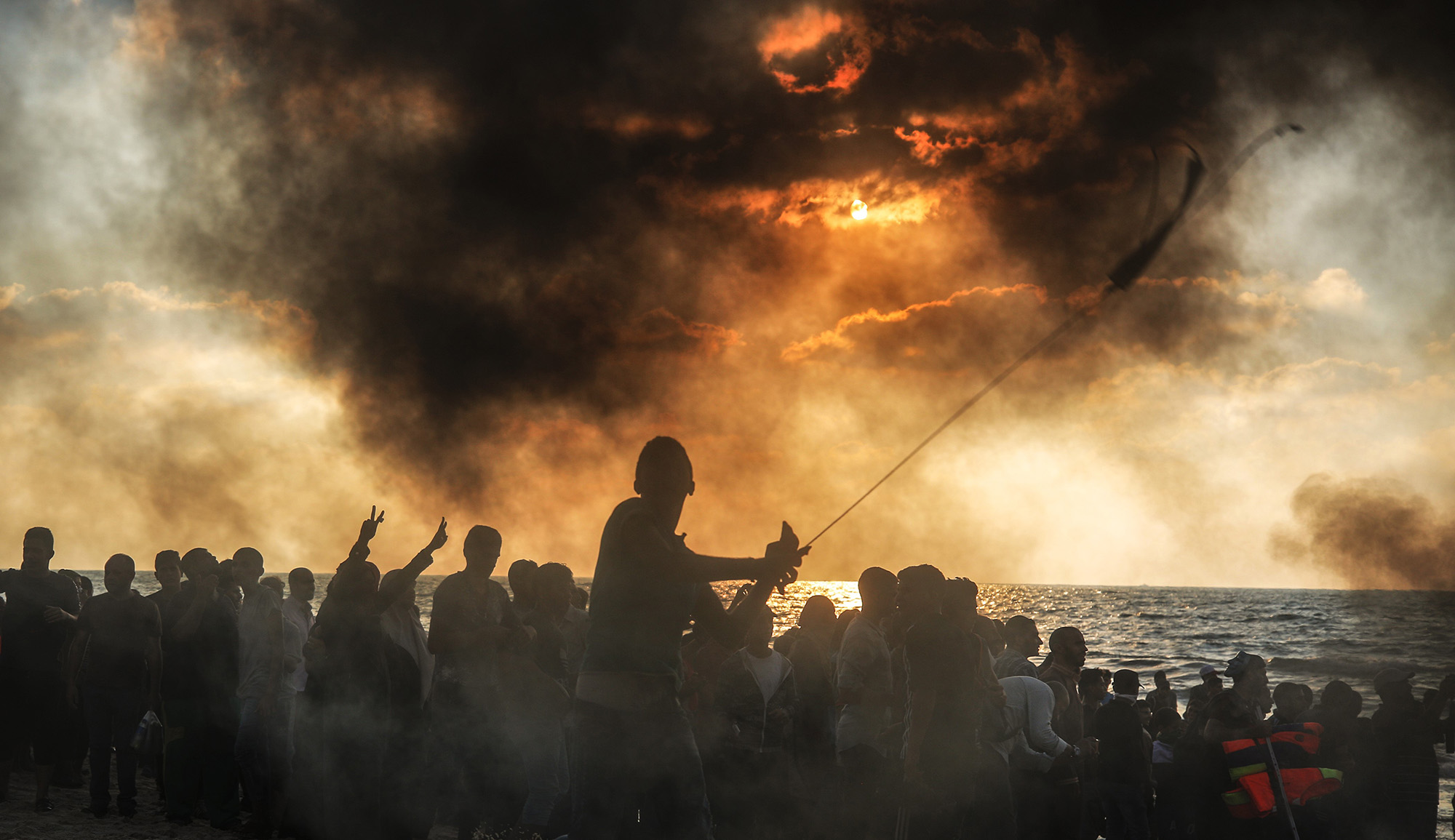In his recent book After One-Hundred-and-Twenty, Hillel Halkin explores the Jewish tradition’s attitudes toward death and what comes after it. Edward Alexander, calling the book “at once scholarly and passionate, secular and religious, detached and autobiographical,” writes in his review:
Since most readers of this review, like the reviewer himself, have attended colleges where we studied mainly the mind of Western Christendom rather than the literature of the Jews, we have been more conversant with non-Jewish conceptions of the afterlife than with Jewish ones. In Dante’s Inferno, for example, the most dehumanized and disgusting figure is Ciacco, the glutton. But for Jews, eating—although strictly regulated by laws that set them apart from lawless and oppressive Gentile communities in which they lived—is anything but a potentially sinful activity “When the messiah comes, we will have a banquet,” sing the Ḥasidim.
Jewish imaginings of the afterlife do resemble Christian ones in recognizing that one cannot have a heaven without a hell; but the Jewish version of hell is much less a place of mud, frost, fire, and filth than the Christian one; and “nowhere in early rabbinic sources do we find such glee taken in hell’s sufferings” as the Christians imagined for heretics. . . .
The great literary gift bestowed on us by this stunning book is Halkin’s translation of large sections of [the 11th-century Spanish poet-statesman] Shmuel Hanagid’s 64-poem “unparalleled document of mourning” for his older brother, who died in 1041. In the gradualness of its movement from grief and thanatophobia to consolation and acceptance of death as a part of life, this great elegy by Hanagid (“the governor”) may call to mind Alfred, Lord Tennyson’s masterpiece, In Memoriam. That poem comprises 131 sections, written over a sixteen-year period prior to its publication in 1850. What we shall not find in Tennyson is Hanagid’s structure, which follows the Jewish calendar of mourning: death, funeral, first week, first month, and the following eleven months. That structure, Halkin suggests, “reflects the natural workings of the human heart.”
More about: Afterlife, Death, Hillel Halkin, Judaism, Religion & Holidays, Shmuel Hanagid


